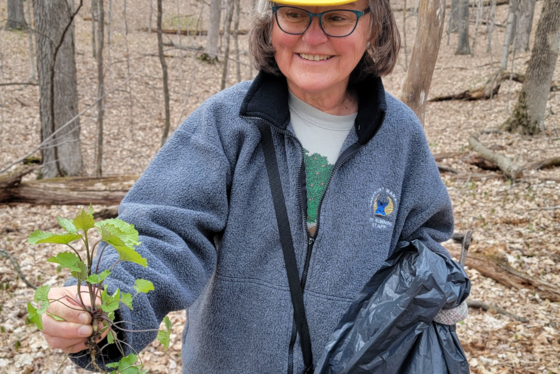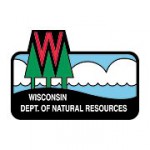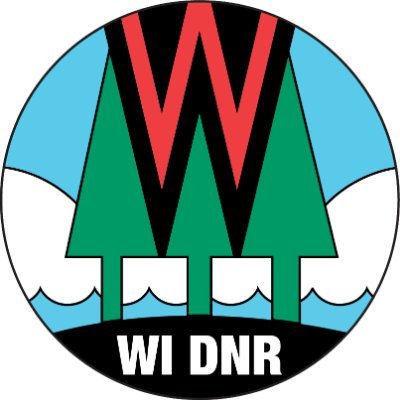Take Action On Invasive Species This June

Garlic mustard is an invasive species that causes a decline in native plants where it appears. / Photo Credit: Wisconsin DNR
MADISON, Wis. – The Wisconsin Department of Natural Resources (DNR) asks the public to take simple precautions to avoid spreading invasive species in June, which is Invasive Species Action Month, and all year long.
The state’s invasive species rule makes it unlawful to transport, transfer, introduce or possess certain invasive species in Wisconsin without a permit. The regulations designate which species are Restricted or Prohibited based on factors including the degree of harm they may cause, the extent of their presence in the state, the potential for controlling the species and the socio-economic value a species may hold.
How You Can Help
To prevent the establishment and spread, the DNR encourages reporting invasive species and offers the following tips.
Hiking And Camping:
- Stay on designated trails, roads and other developed areas to avoid tracking invasive species to new locations.
- Follow Wisconsin’s firewood rules to avoid moving harmful invasive pests and pathogens like the emerald ash borer, spongy moth and oak wilt disease.
Fishing And Boating:
- Clean all recreational equipment and gear after every use to protect Wisconsin’s waters from fish diseases and aquatic invasive species like quagga and zebra mussels, Eurasian water-milfoil, New Zealand mudsnails and freshwater golden clams.
- Inspect gear for dirt, mud, seeds and other debris, removing as much as possible before launching and before leaving the landing.
- Drain all water from gear and compartments before leaving the waterbody.
- Dry gear for at least five days between uses to help eliminate invasive organisms.
- Never move live fish away from any waterbody. Fish are considered dead if on ice and not in water.
Gardening And Leisure:
- Add beauty and variety to your yard with plants that are noninvasive. Native plants are excellent choices since they also benefit pollinators, birds and other wildlife. The DNR’s Plant Native Plants webpage is a great resource to get started.
- Learn how to identify and remove potential problem plants from your property, including Bishop’s goutweed, burning bush, creeping bellflower, Dame’s rocket, Amur honeysuckle, water hyacinth, water lettuce and European frog-bit.
- When using non-native crayfish for crayfish boils, use frozen (not live) crayfish or rusty crayfish harvested from Wisconsin waterbodies.
Volunteering And Teaching:
- Connect with Wisconsin Cooperative Invasive Species Management Areas (CISMAs), local or regional organizations in Wisconsin that bring together landowners and land managers to coordinate action and share expertise and resources to manage invasive species.
- Sign up for emails about local State Natural Area volunteer workdays to clear brush, remove invasive species and help maintain our state’s natural landscapes.
- Sign up for updates and information from the DNR about invasive species and Wisconsin’s regulations.
- Attend an event during the second annual Invasive Species Awareness Weekend – June 21 and 22.
- Events such as guided hikes, educational workshops, invasive species workdays and more are taking place around the state! These events are free (some may require a vehicle admission pass) and open to the public. To find an event near you, check out the Invasive Species Events and Volunteering page.
NOTE: This press release was submitted to Urban Milwaukee and was not written by an Urban Milwaukee writer. While it is believed to be reliable, Urban Milwaukee does not guarantee its accuracy or completeness.
Mentioned in This Press Release
Recent Press Releases by Wisconsin Department of Natural Resources
DNR Urges Caution On Early Ice Covers
Dec 5th, 2025 by Wisconsin Department of Natural ResourcesNo Ice Is Safe Ice





















